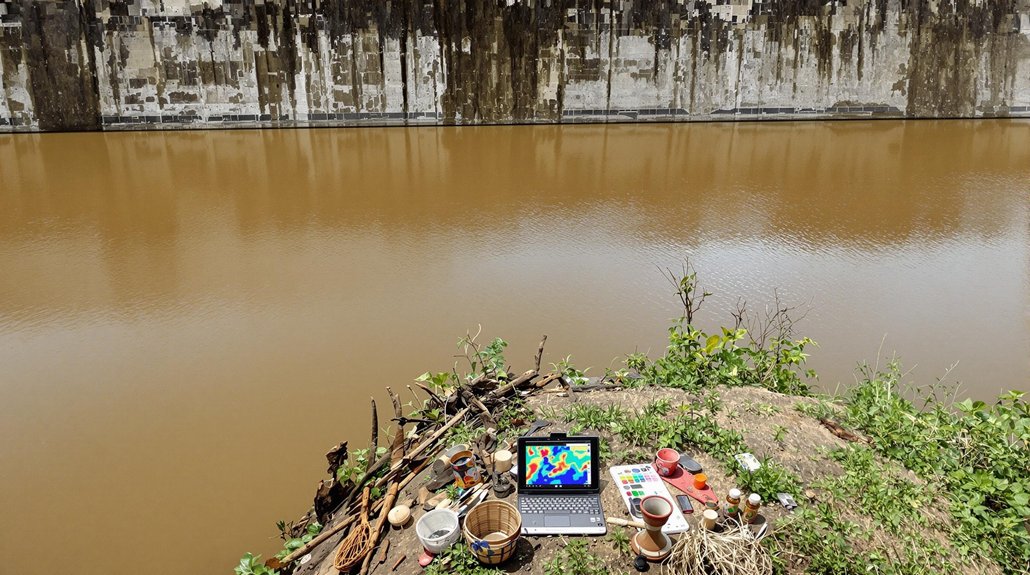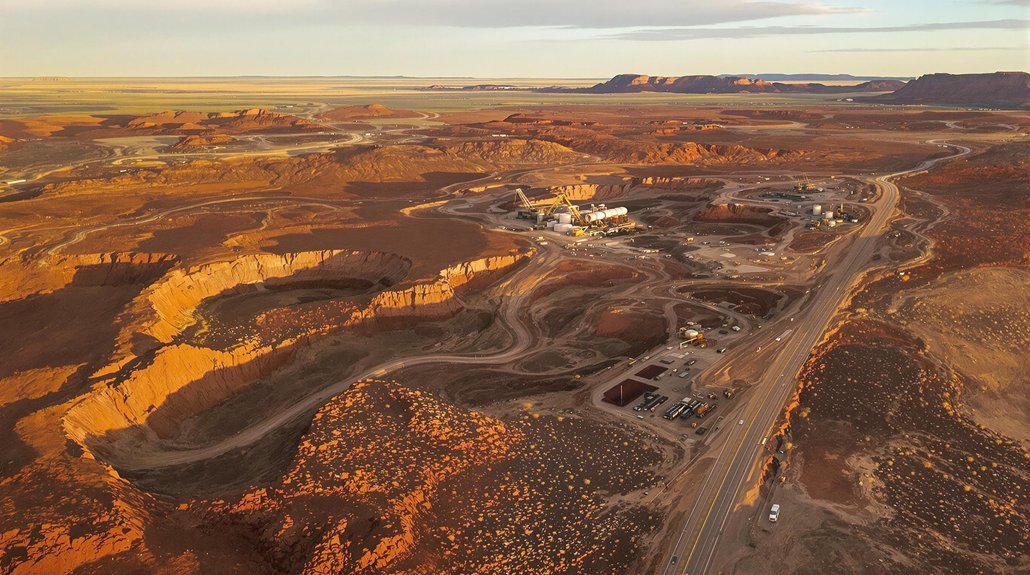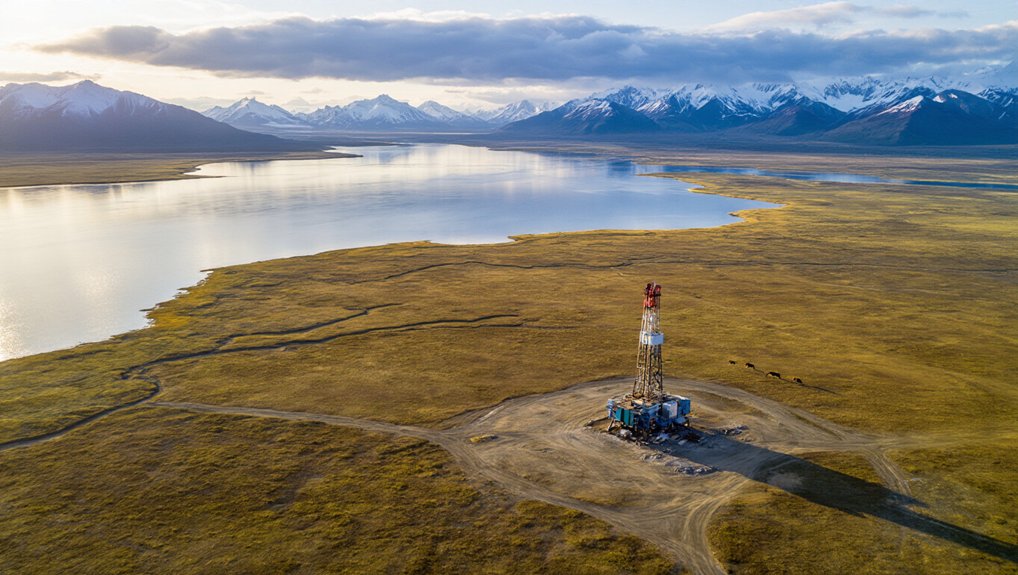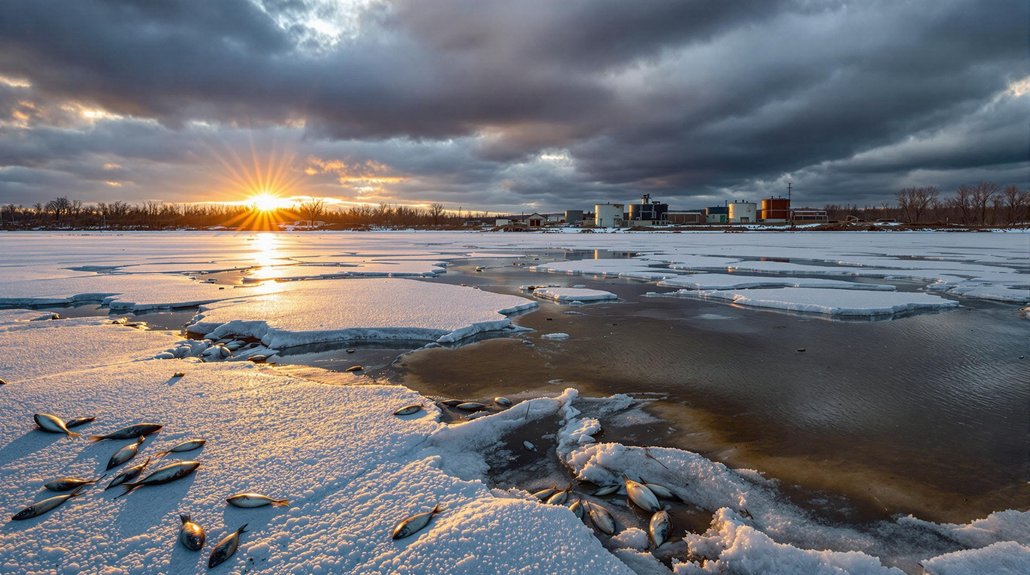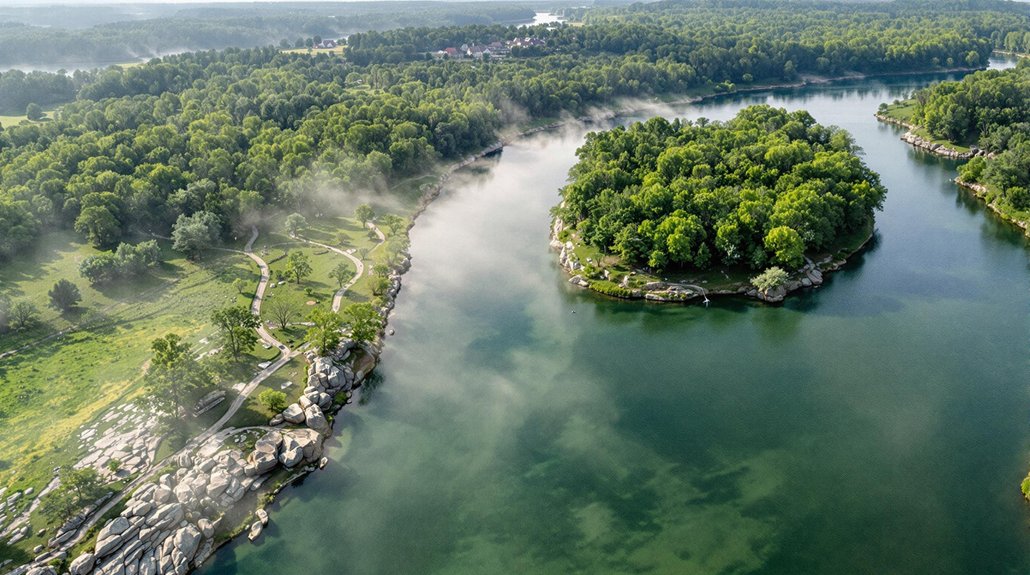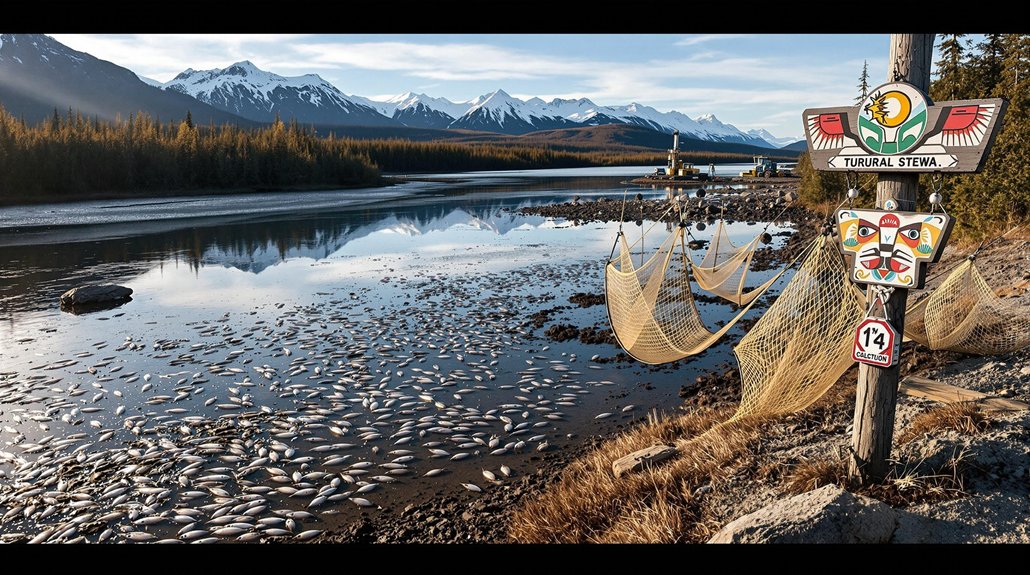How exactly does cutting-edge technology end up forcing indigenous people from their homes? Simple. Those fancy AI algorithms now mapping the Amazon aren’t just crunching numbers—they’re deciding which tribal lands get flooded next. Brazilian hydroelectric planning has gone high-tech, with artificial intelligence determining ideal dam locations while conveniently ignoring the humans who’ve lived there for centuries.
The math works great on paper. The human cost? Not in the algorithm. Over 20,000 people, mostly indigenous, have been displaced as these computer-designed dams transform ancestral territories into underwater real estate. The Belo Monte dam alone created an artificial lake where villages once stood. Progress, right?
The human lives erased by technological “progress” become mere statistical anomalies in our quest for efficiency.
Here’s the twist: these AI systems prioritize “hydrological efficiency” over human rights. Shocking. The data models get trained without indigenous input—because who needs local knowledge when you have satellites and simulations? The government agencies deploy these tools through third-party consultancies, keeping a comfortable distance from the consequences.
When sacred sites like Karobixexe rapids get dynamited, that spiritual destruction doesn’t show up in the environmental impact assessment. The Munduruku people consider these sites essential for their spiritual wellbeing, with the destruction of places like Dekoka’a holy site threatening their very identity. The algorithms don’t calculate the value of ancestral burial grounds or sacred urns. They can’t quantify cultural devastation or spiritual loss. The Xingu river, home to over 350 fish species, faces devastating ecological changes that further threaten indigenous food security and traditional fishing practices.
The tribes aren’t taking this lying down. Munduruku people and others have formed the Ipereğ’ayũ movement, occupying construction sites and building unlikely alliances with environmental groups. They’ve even won some battles, forcing the cancellation of certain dam licenses.
Meanwhile, authorities play a clever game—they’ll dry up rivers rather than issue direct removal orders. No technical “forced relocation” that way. Legal loopholes? Exploited. Environmental reviews? Expedited. International criticism? Ignored.
The sophisticated technology that could be helping preserve the Amazon is instead being weaponized against its protectors. The algorithms keep churning, the dams keep building, and another sacred site disappears beneath the rising waters. All in the name of progress and profit.
References
- https://news.mongabay.com/2017/10/munduruku-stand-off-against-amazon-dam-builders-potentially-explosive/
- https://www.nrc.no/perspectives/2015/nr-4/dam-of-hell-threatens-mayan-land
- https://www.raisg.org/en/radar/endangered-amazon-an-indigenous-tribe-fights-back-against-hydropower-development-in-the-tapajos-valley/
- https://e360.yale.edu/features/how-a-dam-building-boom-is-transforming-the-brazilian-amazon
